
How to Use lipo battery 2200mAH 30c: Examples, Pinouts, and Specs
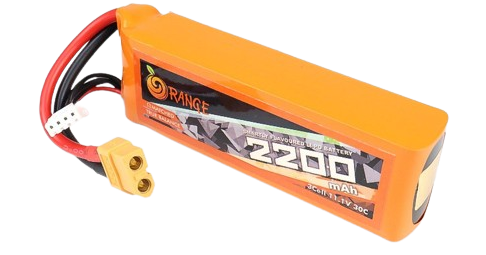
 Design with lipo battery 2200mAH 30c in Cirkit Designer
Design with lipo battery 2200mAH 30c in Cirkit DesignerIntroduction
A Lithium Polymer (LiPo) battery is a rechargeable battery of lithium-ion technology in a pouch format. The 2200mAh 30C LiPo battery is a high-capacity, high-discharge rate battery commonly used in a wide range of applications, from remote-controlled hobbies to portable electronics. Its 2200mAh capacity indicates the amount of electric charge it can store, while the 30C discharge rate signifies its ability to deliver 30 times the capacity (66A) continuously.
Explore Projects Built with lipo battery 2200mAH 30c
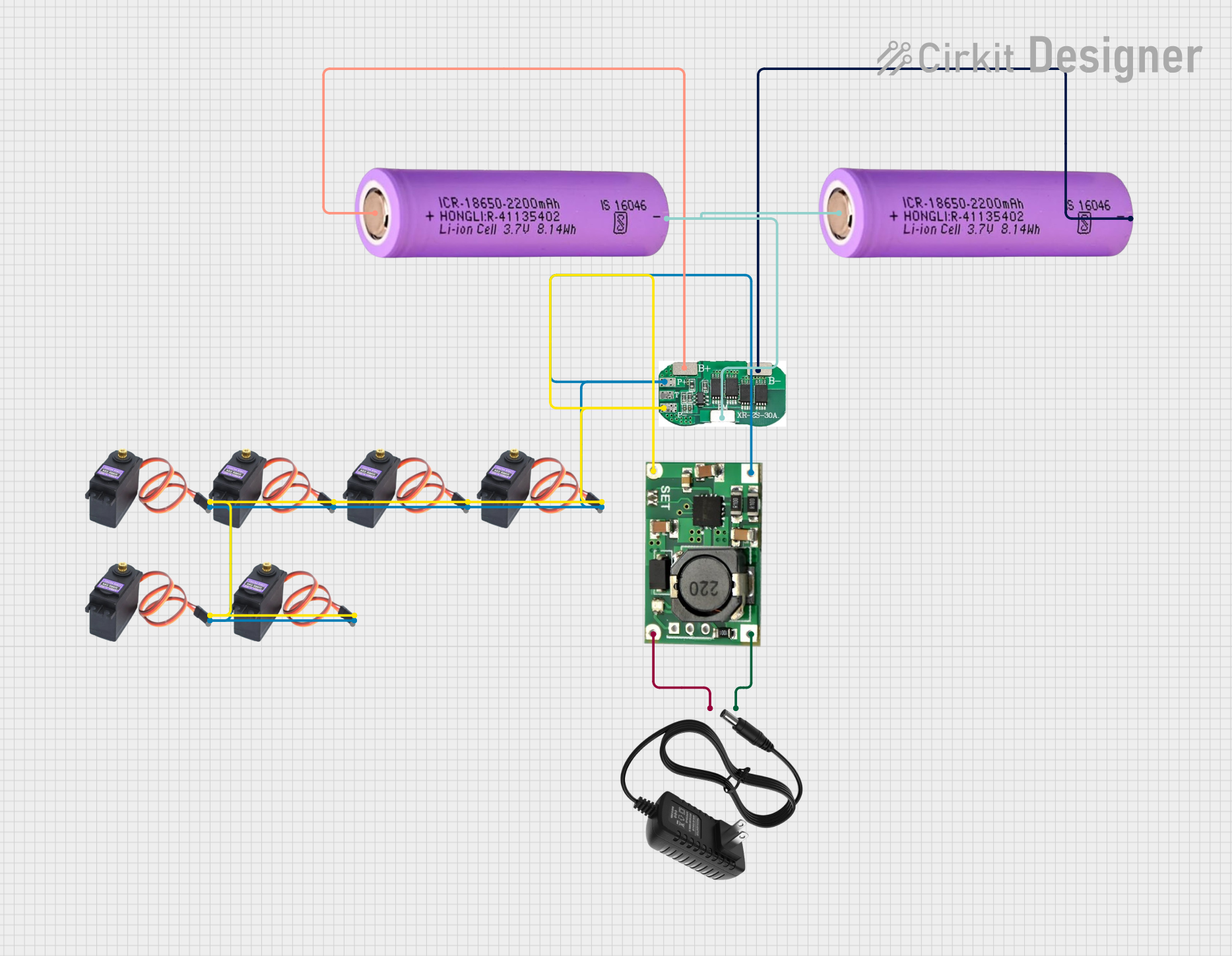
 Open Project in Cirkit Designer
Open Project in Cirkit Designer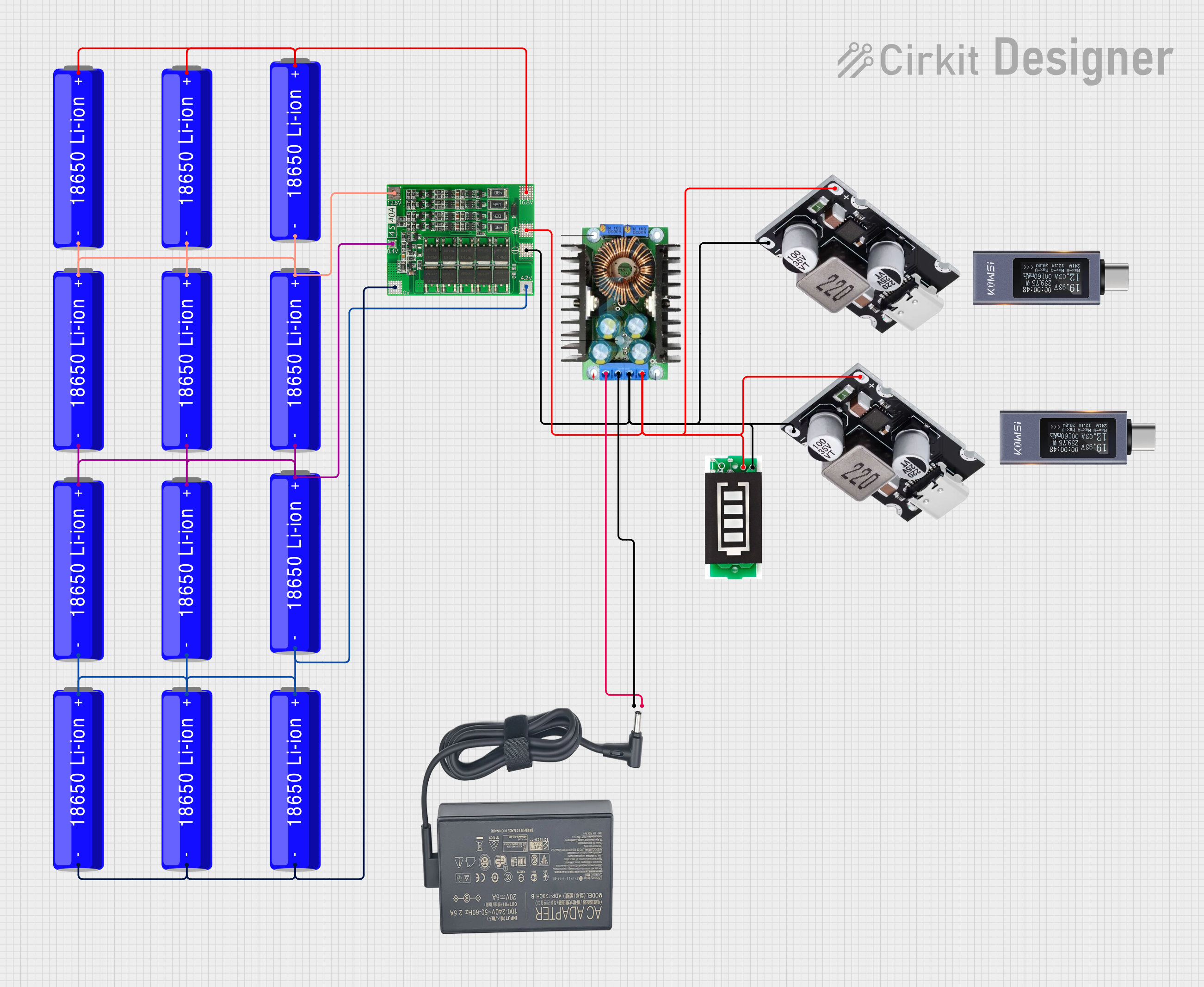
 Open Project in Cirkit Designer
Open Project in Cirkit Designer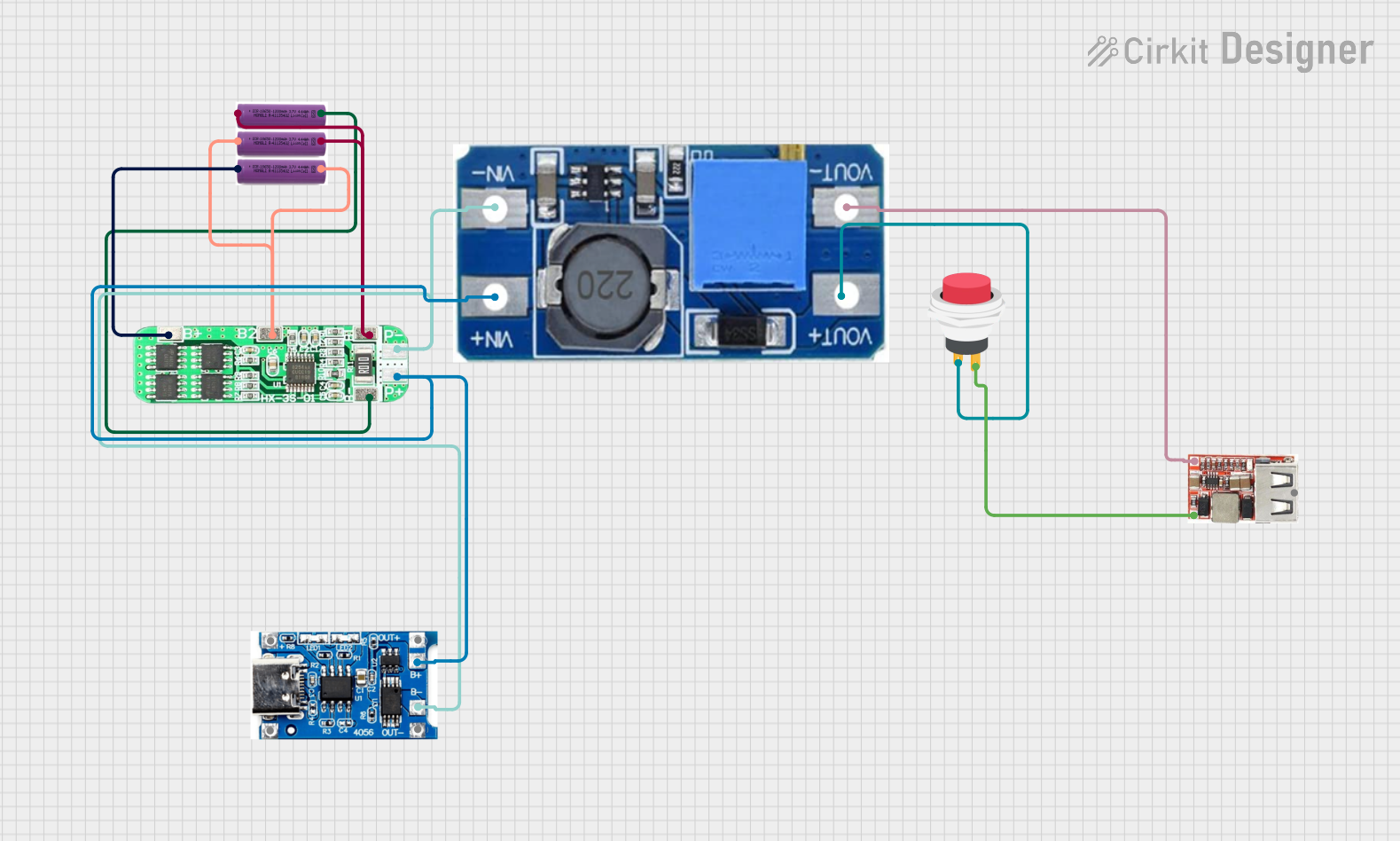
 Open Project in Cirkit Designer
Open Project in Cirkit Designer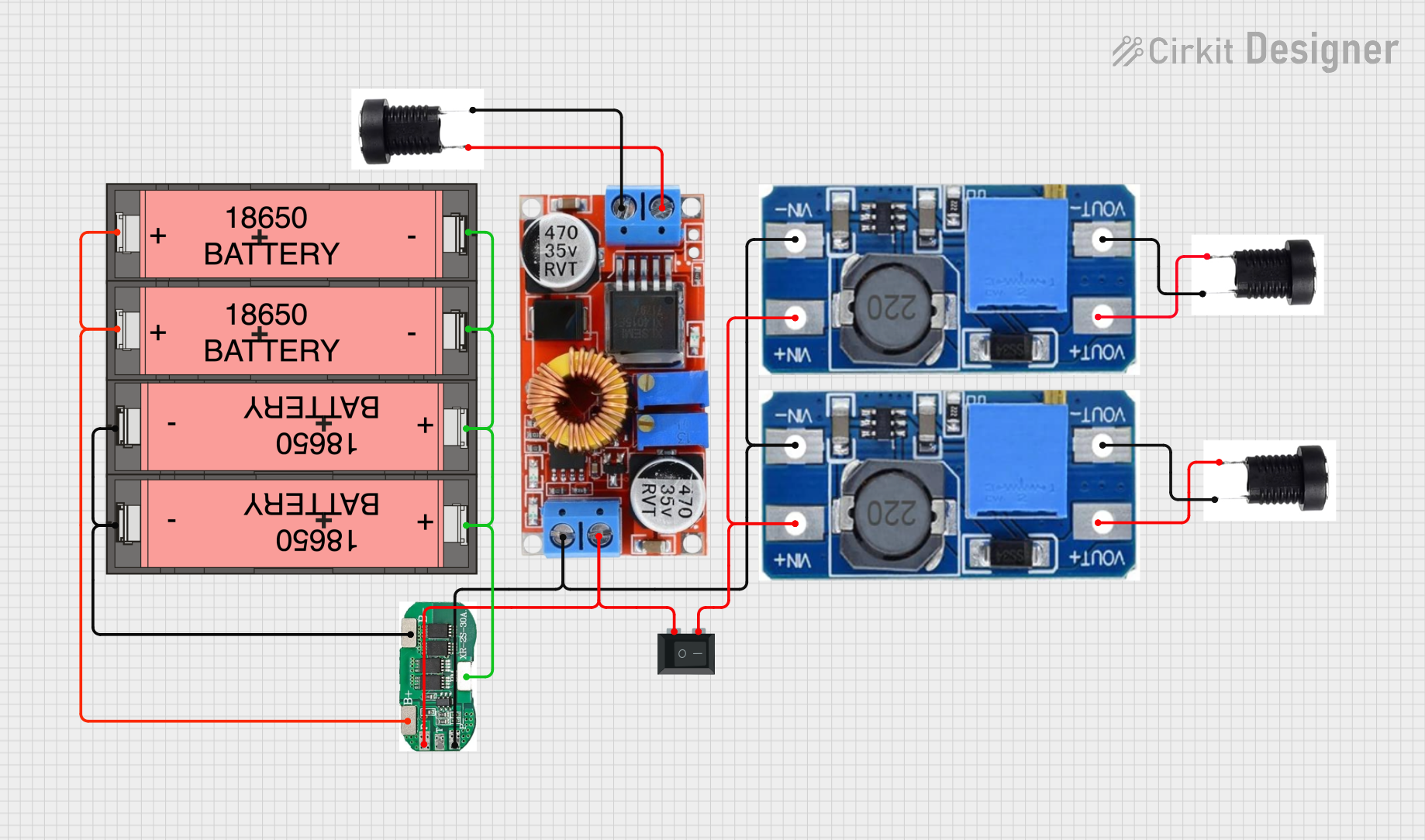
 Open Project in Cirkit Designer
Open Project in Cirkit DesignerExplore Projects Built with lipo battery 2200mAH 30c

 Open Project in Cirkit Designer
Open Project in Cirkit Designer
 Open Project in Cirkit Designer
Open Project in Cirkit Designer
 Open Project in Cirkit Designer
Open Project in Cirkit Designer
 Open Project in Cirkit Designer
Open Project in Cirkit DesignerCommon Applications
- Remote-controlled vehicles (drones, cars, boats)
- Portable electronics
- Robotics
- DIY electronics projects
Technical Specifications
Key Technical Details
- Nominal Voltage: 3.7V
- Capacity: 2200mAh
- Max Continuous Discharge Rate: 30C (66A)
- Max Burst Discharge Rate: 60C (132A)
- Charge Rate: Recommended 1C (2.2A), Max 3C (6.6A)
- Dimensions: Varies by manufacturer, typically around 105 x 33 x 22 mm
- Weight: Approximately 120g
- Connector Type: Often comes with a JST-XH balance plug and a discharge plug (e.g., XT60, Deans, EC3)
Pin Configuration and Descriptions
| Pin | Description |
|---|---|
| + | Positive terminal for main power output |
| - | Negative terminal for main power output |
| Bal+ | Positive balance lead for cell monitoring/charging |
| Bal- | Negative balance lead for cell monitoring/charging |
Usage Instructions
Integrating with a Circuit
- Connection: Ensure the battery's connector matches the power input connector of your device. If not, you may need an adapter.
- Voltage Regulation: If your device requires a voltage lower than 3.7V, use a voltage regulator to prevent damage.
- Charging: Use a LiPo-compatible charger. Set the charger to the correct voltage and charge at the recommended 1C rate.
- Monitoring: Always monitor the battery voltage to avoid over-discharge. Most devices have a low-voltage cutoff to prevent this.
Best Practices
- Storage: Store at 3.7V to 3.85V per cell, in a cool and dry place.
- Handling: Never puncture, bend, or expose to high temperatures.
- Disposal: Follow local regulations for LiPo battery disposal.
- Safety: Use a fireproof container or bag when charging or storing.
Troubleshooting and FAQs
Common Issues
- Battery won't charge: Ensure the charger is functioning and set to LiPo mode. Check the battery's voltage; if below 3V, it may be over-discharged.
- Reduced runtime: The battery may be aging or damaged. Check for puffiness or other physical deformations.
- Overheating during use: This could be due to over-discharge or a short circuit. Discontinue use immediately.
FAQs
Q: Can I charge the LiPo battery faster than the recommended 1C rate?
- A: Charging faster than the recommended rate can reduce the battery's lifespan and increase the risk of overheating.
Q: What should I do if the battery starts to puff or swell?
- A: Discontinue use immediately. Swelling is a sign of gas buildup and potential battery failure.
Q: How do I know when to stop discharging the battery?
- A: Most devices have a low-voltage cutoff. If not, stop discharging when the battery reaches 3.3V per cell.
Example Code for Arduino UNO
Below is an example code snippet for monitoring a LiPo battery's voltage using an Arduino UNO. This setup requires a voltage divider circuit to step down the battery voltage to a safe level for the Arduino's analog input.
const int batteryPin = A0; // Analog pin for battery voltage
void setup() {
Serial.begin(9600);
}
void loop() {
int sensorValue = analogRead(batteryPin); // Read the analog value
float voltage = sensorValue * (5.0 / 1023.0) * (11.0); // Convert to voltage
Serial.print("Battery Voltage: ");
Serial.println(voltage);
delay(1000);
}
Note: The voltage divider ratio (here 11.0) depends on the resistors used. Adjust it according to your specific divider.
Remember to comment your code adequately for clarity and maintainability, keeping in mind the 80 character line length limit for comments.